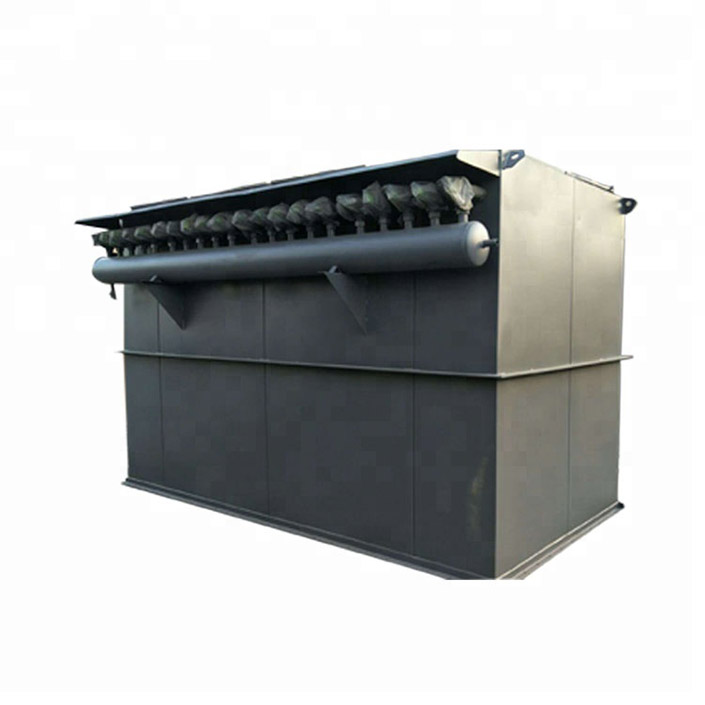When many friends connect the network cable, they usually don't know the eight copper conductors in the network cable. Which of them can guarantee the normal network transmission?
1. Line sequence and transmission distance
The first thing to know is the overall effect of the eight copper wires. The eight copper wires are used to reduce the mutual interference of electromagnetic signals. Each two wires are twisted together at a certain density. In this way, the radio waves radiated from each other will cancel each other when transmitting electrical signals, effectively eliminating interference. The name twisted pair is also derived from this structure.
The early use of twisted-pair wire was used for the transmission of telephone signals, but it was gradually introduced into the transmission of digital signals. Nowadays, the widely used are Category 5 twisted-pair wires and Category 6 twisted-pair wires. Both Category 5 and Category 6 lines can reach a bandwidth of 1000Mbps. The disadvantage of the twisted pair is that the transmission interval is short, generally it can reach 100 meters, and the good line is about 120 meters.
Generally, five types of super five types of twisted pairs require four pairs of wires, that is, 8 core wires. Below 100M, generally use 1, 2, 3, 6, four lines.
Positive line (standard 568B): the line sequence at both ends is the same, the line sequence is: orange white, orange, green white, blue, blue white, green, brown white, brown.
Reverse line (568A): The line sequence of one end is a straight line, the other end is: green and white, green, orange and white, blue, blue and white, orange, brown and white, brown.
There is no need to remember the monitoring according to the 568A line sequence. One does not need this line sequence anymore. The other one, the 13 and 26 can be swapped on the basis of the 568B.
Second, the role of each core
Specifically why the 1236 four wires are used, it is necessary to understand what the role of each core is:
1 Output data (+)
2 Output data (-)
3 Enter the data (+)
4 Reserved for phone use
5 Reserved for phone use
6 Enter data (-)
7 Reserved for phone use
8 Reserved for phone use
It can be seen that although there are 8 core wires in the twisted pair, in the currently widely used 100M network, only 4 of them are actually used, that is, the first, second, third, and sixth, they are respectively Play the role of receiving and signaling. 4, 5, 7, 8 are bidirectional lines, reserved for use.
However, under the network operation higher than 100M, usually eight cores will be used. For example, six types of super six types of network cables not only need to use 1 326, eight cores need to be used, otherwise the network operation will be unstable.
After stripping the network cable, we can find that the density of the four pairs of twisted pairs is not the same. The two pairs of orange and green used to transmit data are significantly larger than the two pairs of brown and blue used for grounding and other public purposes, so it is recommended. When you usually do jumpers, they are arranged strictly in the order of 568B.
In fact, there is a key problem: there are many bad merchants. When producing network cables, only four cores of 8 cores use pure copper, while the other four cores do not use copper clad aluminum, copper clad steel, or even copper clad iron.
A friend said: "I like to use the sorting order I am used to make lines, is it also possible to use?"
In this way, you can use it casually at home, if you are still strict in the project and follow the line order. Otherwise, the effect of twisted pair is lost. Data transmission attenuation is severe, and the transmission distance is greatly reduced.

Baghouse dust collectors use filters made of polyester filber, PPS, PTFE, P84 or glass fiber to separate dust particulates from dusty air. They are one of the most effective and popular types of industrial dust collectors. Dust-laden gases enter the baghouse and pass through fabric bags that act as filters. The bags can be of woven or felted cotton, synthetic, or glass fiber material in either a tube or envelope shape. Pulse jet cleaning system, also known as pressure jet cleaning, is the most common. A high pressure blast of air is used to remove dust from the bag. The blast enters the top of the bag tube, temporarily ceasing the flow of dirty air. The shock of air causes a wave of expansion to travel down the fabric. The flexing of the bag shatters and discharges the dust cake. Due to air burst's rapid release, the blast of air does not interfere with contaminated gas flow. Therefore, pulse jet baghouses can operate continuously and are not usually compartmentalized.
Baghouse Dust Collector
Industrial Dust Extractor,Baghouse Dust Collector,Bag Type Dust Collector,Baghouse Dust Collection System
Botou Ever Lucky Environmental Protection Machinery Co., LTD , https://www.dustcontrolling.com
